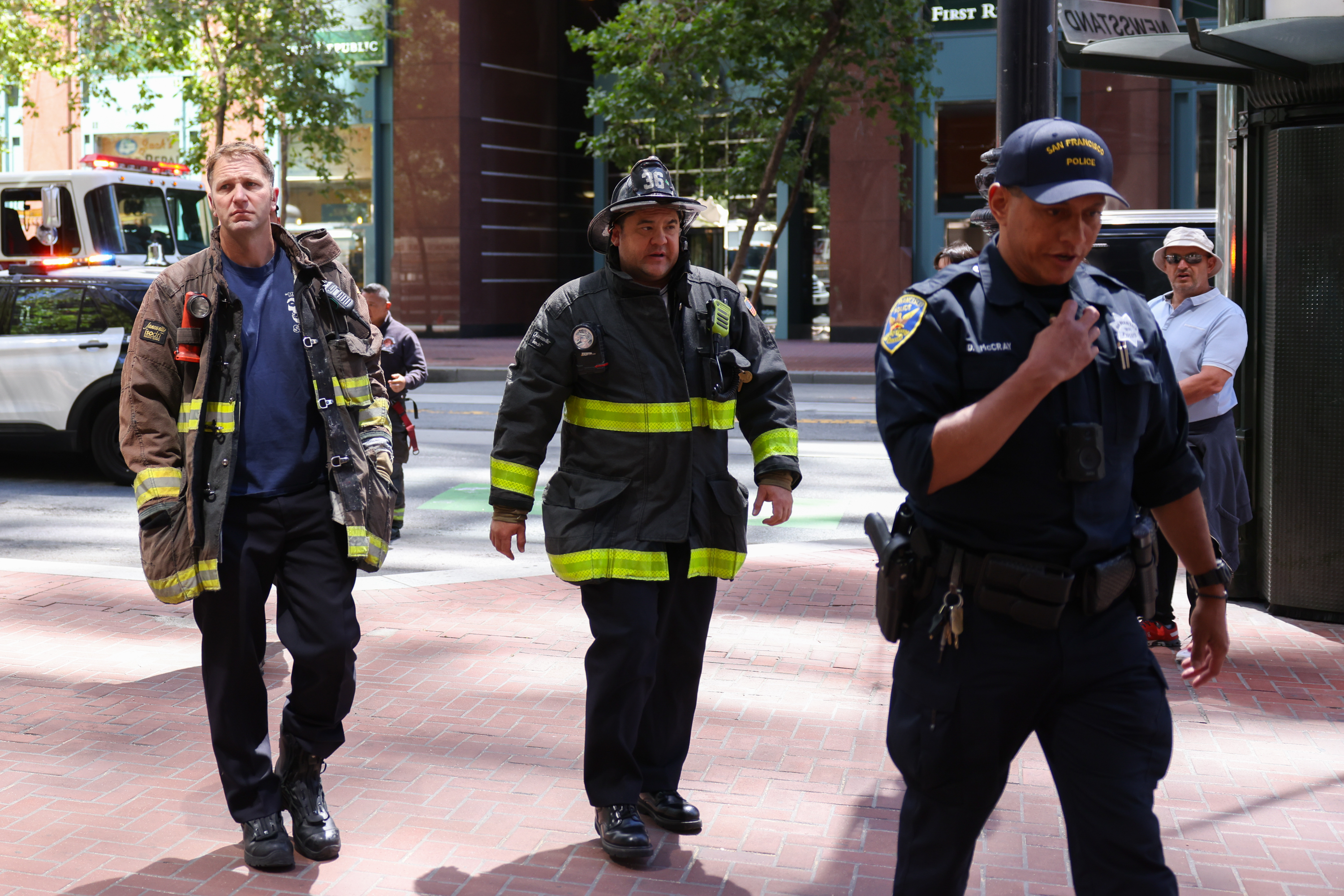More people reported overdoses during the weekend of San Francisco’s Pride celebration in June than any other three-day span on record, according to fire department data reviewed by The Standard.
The San Francisco Fire Department responded to 121 suspected overdose calls between Friday, June 23 and Sunday, June 25, logging the first, second and third-highest totals of any days in the city’s history since at least 2018. Friday had the highest volume of calls on record with 44 while Saturday and Sunday were tied with one other day each for their rankings as second and third with 39 and 38 calls respectively.
It isn’t clear what caused the spike in calls, which may include some incidents that were ultimately determined not to be overdoses, but some researchers speculated that the surge may be linked to an increase in drug use over Pride weekend. They also hypothesized that the uptick in calls could be due to changes in the drug supply or because more people were in public to report such incidents.
“It’s horrifying,” said Keith Humphreys, a Stanford professor of behavioral sciences. “Even in the context of a really sad and discouraging situation, that [data] is still enough to shock.”
The data only includes incidents that fire department personnel were dispatched to and may not capture suspected overdoses that other ambulance providers, private citizens or community organizations responded to.
Daniel Ciccarone, a drug epidemiologist at the University of California San Francisco, said the data doesn’t prove that Pride festivities were responsible for the surge. But it’s possible that more overdoses were reported because of an influx of people visiting the city to party, he added.
Organizers estimated that 250,000 people attended the main Pride parade on Market Street, according to NBC Bay Area.
No overdoses were reported on the route of the parade during its scheduled hours. U.N. Plaza, which is located along the parade’s route, has been the location of the most overdose calls in the city for the past five years. Pride weekend occurred as the month of June saw a record amount of possible overdose calls, according to the data.
San Francisco Pride, the organization that runs an annual two-day festival in Civic Center during Pride weekend, said it deployed medical teams that responded to 69 health emergencies—seven of which were related to intoxications—in the vicinity of its events.
“Our dedicated medical teams promptly responded,” San Francisco Pride said in an emailed statement.
Ciccarone recommended flooding the city with the overdose-reversal medication naloxone during future Pride celebrations.
“Naloxone. Naloxone. Naloxone,” Ciccarone said.
The Department of Public Health said in a statement that it’s monitoring changes to the city’s drug supply by testing people’s drugs and tracking the toxicology reports of those who’ve died. The department also said it’s expanding access to treatment and outreach for people who survive overdoses.
Drug overdoses have claimed over 400 lives in just six months this year, according to the Chief Medical Examiner’s Office, putting the city on track for a record high.
Only Part of the Story
Delays in the production of data that would provide a better understanding of overdose fatalities have made it difficult for policymakers and other experts to understand what’s driving fluctuations in the death toll.
For example, data on how many people, if any, may have died during Pride weekend—and what drugs they overdosed on—is currently unavailable as it takes the Chief Medical Examiner’s Office months to confidently determine the cause of death for each case it receives.
June had fewer overdose deaths than several of the months prior, logging 53 overdose fatalities compared to 78 deaths counted in May, according to preliminary data from the medical examiner’s office. But the fire department’s data shows a record 855 possible overdose calls in June, more than any other month since at least 2018, when overdose deaths in the city started to surge alongside the emergence of fentanyl.
Experts say that a lack of real-time data makes it difficult to assess this type of discrepancy and respond appropriately to the crisis, illuminating a need for the city to invest in better ways to track changes in the drug supply. In January 2021, the health department stopped tracking health care information of its naloxone recipients in order to make the medication more widely available.
Other city health departments have implemented wastewater detection services that can detect the presence of new drugs in toilet water. Ciccarone said that similar surveillance of the drug supply should be the bedrock of the city’s drug policy.
“It’s a problem that we have a lack of understanding of overdoses outside of the morgue,” Ciccarone said. “Deaths only tell us part of the story.”
